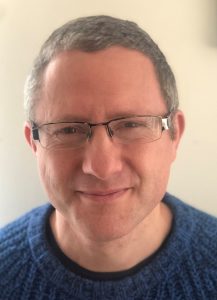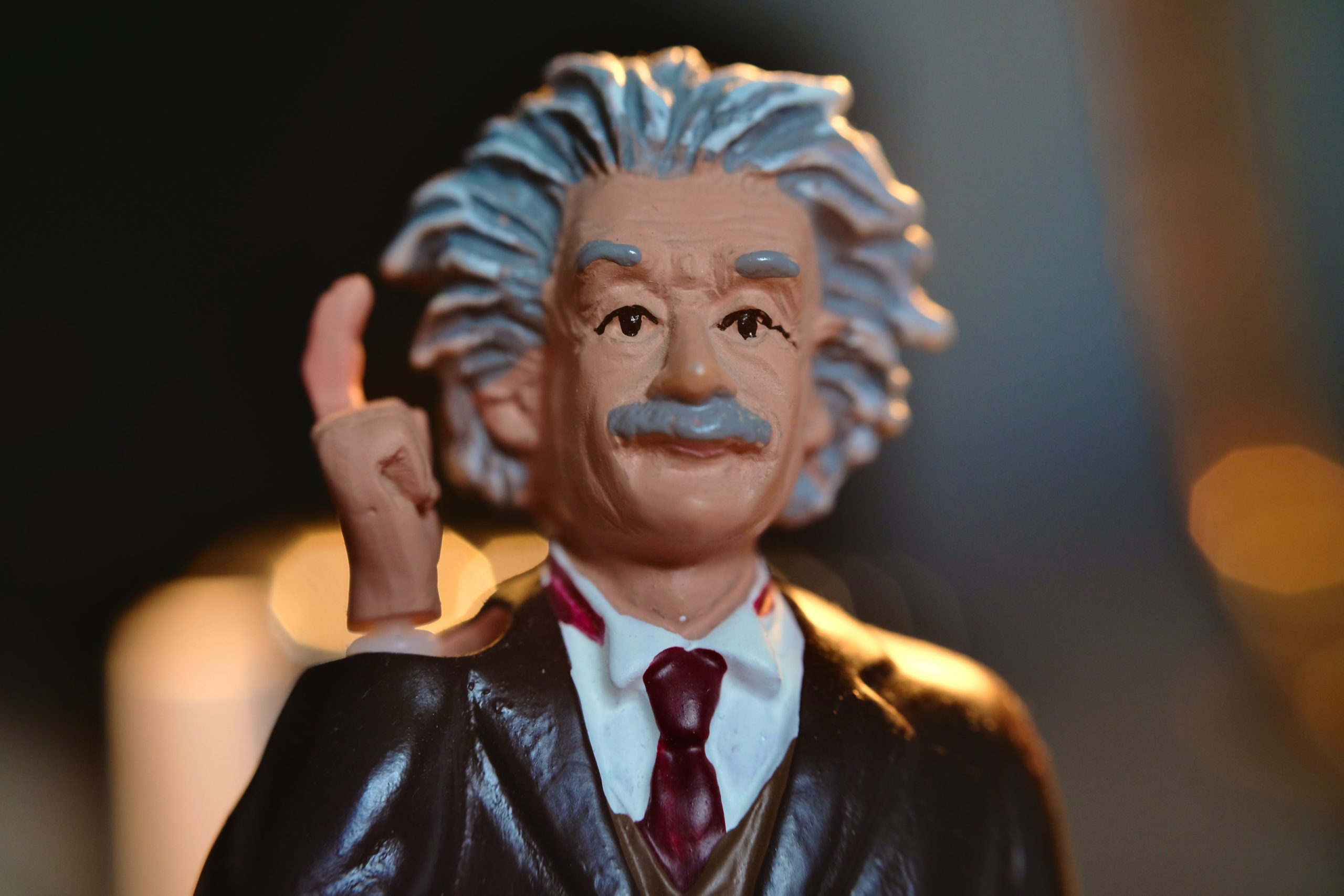 Ben Hoban is a GP in Exeter
Ben Hoban is a GP in Exeter
It’s difficult to imagine being a doctor without a solid grounding in the natural sciences, both in terms of a scientific way of thinking and all the more tangible benefits that science brings to medicine. And yet despite all that science has to tells us in general terms about people and how to care for them, it is often harder to pin down on specifics.
Consider a randomized controlled trial comparing a new treatment with an old one. If we measure a specified outcome like a 3-point reduction in symptom score by day 7, we can either express results in terms of probability (you are 10% more likely to be feeling better with the new treatment) or Number Needed to Treat (of ten patients, one will feel better), but even if the results are strongly positive, a meaningful benefit depends on measuring the right outcome, and a large net benefit across a group of patients may still conceal significant variation within the group and mean less for each individual. We tend to gloss over this and hide behind more concrete positions: this treatment works, that one doesn’t.1
It’s also clear that patients aren’t just passive vehicles of disease waiting for us to look under the bonnet and effect a technical fix…
The science provides an evidence base for our practice, but only in terms that can be easily measured, and knowing how to apply this evidence to the patient sat in front of us can be a real challenge. It’s also clear that patients aren’t just passive vehicles of disease waiting for us to look under the bonnet and effect a technical fix: they have their own concerns and priorities, and may value having these addressed over a solution to a problem that exists more in their doctor’s mind than their own.
So we need something else as well as science: humanities, empathy, kindness, narrative, wisdom, communication skills; in any case, something that does the things that science cannot. This is where ideas like holistic practice, the doctor-patient relationship and the managing uncertainty come from, which we tend to associate with the GP brand, although when push comes to shove, we often revert to a more scientific approach focussed on finding and treating disease.
There is a point, then, where it becomes reasonable to ask whether science and our something else are really complementary opposites, like left and right hands working together, or simply values at odds with each other, like high fashion and comfortable shoes. If they balance each other, we can have as much as we like of one, as long as we have enough of the other; if they conflict, we may have to choose one at the other’s expense. It may help to consider first what science is really about, and where it came from.
The scientific method is essentially about three things: empiricism, reductionism and generalization. It deals only with what can be observed directly, breaks down complex wholes into simple components and identifies these parts strictly in terms of their individual properties. Context and ambiguity have no place here.
The development of the scientific method in medieval Europe coincided with a shift from the existing kin-based society in which individuals functioned as nodes in a complex network of family ties, and in which identity and behavioural norms were determined by the context of interpersonal relationships, to a new one in which family ties were cut, behavioural norms became based on rules rather than context, and individuals became free to define themselves through things like their marriage choices, occupation and place of residence. As society became less relational and more individual, people started to view the material world in similar terms.2 Classical science takes as its starting point a universe made up of discrete things with defined properties, relating to each other by fixed laws.
If every detail we consider contains an infinite world of possibilities, collapsed to a point by our observation, does that then mean that there exists an infinite number of worlds in which every possible outcome takes place?
Quantum physics by contrast looks not at the macroscopic world with which we are familiar, but at the subatomic world on which it is built, inhabited by particles and waves rather than physicists and apple trees. On this scale things are very different: quantum objects do not move smoothly like billiard balls from A to B, but appear here or there based on a probability distribution that assigns maximal values to points between A and B, but also assigns non-zero values to many others including Alpha Centauri and your shed. Furthermore, it is no longer possible for us to assume the role of objective observers: we are necessarily a part of the system in view, and the act of making an observation changes the system. How then can we know anything? If every detail we consider contains an infinite world of possibilities, collapsed to a point by our observation, does that then mean that there exists an infinite number of worlds in which every possible outcome takes place? Perhaps the difficulty lies in talking about changing things: it assumes that an object is secretly one thing until we come along to apply our tape measure and it becomes something else. It is perhaps more accurate to say that we define things by measuring them, but not just in a narrow scientific sense: rather, in the sense that on the quantum scale any two objects are undefined until they touch, when their properties and behaviour arise from the way they relate to each other.3 Fire a stream of electrons at a target and you’ll see successive impacts suggesting that electrons are particles; interpose a diffraction grating and the resulting interference pattern will persuade you that they are waves. Characteristics do depend on context after all!
Macroscopic objects are simply large groupings of quantum objects, like populations of patients in a drug trial, in which all the variations and kinks balance each other out, giving the impression of homogeneity. The difference between classical and quantum science is one of scale: one describes the river, flowing always into the sea; the other, the individual ripples and eddy currents that make it up and flow in all sorts of directions.
I often feel a tension between my professional obligations to apply science and to care for patients as individuals. Which is it to be? I suppress a vague sense of guilt every time I ignore the QOF pop-up in the corner of the screen to let the patient finish their story, and I realize that I won’t shock anyone reading this by admitting it. But what if by focussing on the relational aspects of the consultation I get something medical wrong? What if I’m not sciencey enough? I find it comforting to know that the material world our science describes is at its heart contextual and relational, and that what seem at first like two opposing ideals are in fact the extremes on a scale of magnification. The question is not whether we apply science or choose instead one of the woollier alternatives with which we like to contrast it, but whether in a given case to zoom in or out to see the picture more clearly. The true facts often emerge only when we focus on the seemingly woolly; the real story arises not just through our skilled questioning, but through our active participation in it. General Practice is not science-lite, but cutting-edge, and we shouldn’t be afraid to own it.
References:
- Homepage – TheNNTTheNNT [accessed 5/1/23]
- The weirdest people in the world: how the West became psychologically peculiar and particularly prosperous, Joseph Henrich, Penguin, 2021
- Helgoland, Carlo Rovelli, Allen Lane, 2021
Featured photo by Andrew George on Unsplash







An excellent article Ben – thanks!